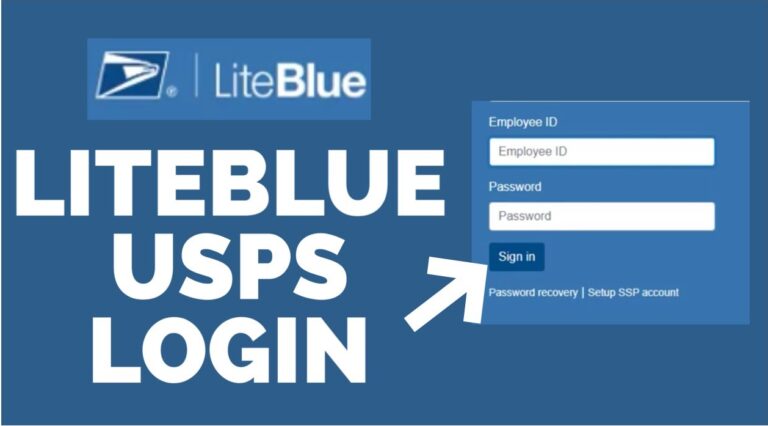Ensuring Safety: Best Practices for Commercial Fleet Management
Introduction
Managing a commercial fleet involves much more than keeping vehicles on the road. Effective fleet management is a comprehensive task that encompasses everything from driver training and vehicle maintenance to leveraging modern technology and adhering to industry regulations. All of these components are essential for commercial vehicles to be safe and operate efficiently. Fleet managers have numerous duties to handle. A correct move could compromise the operation’s safety, efficiency, and cost-effectiveness. That’s why a well-rounded approach to fleet management is necessary to mitigate risks and ensure smooth operations. This article delves into best practices for managing a commercial fleet effectively, focusing on driver training, vehicle maintenance, technology integration, and regulatory compliance.
Importance of Driver Training
Providing adequate driver training is one of the best practices for reducing accidents and enhancing safety. Another critical aspect is securing the right commercial vehicle auto insurance, which provides a safety net and mitigates potential financial risks. A well-trained driver is not only aware of the rules of the road but also knows how to handle emergencies effectively. Investing in driver training programs can lead to significant improvements in accident rates and overall fleet performance.
Driver training programs typically include both in-class and on-road components. In-class training covers traffic laws, safe driving practices, and defensive techniques. On-road training provides drivers with hands-on experience, allowing them to apply what they’ve learned in a controlled environment. Furthermore, continuous education and refresher courses are crucial to keeping drivers’ skills sharp and updated with the latest safety protocols.
Regular Vehicle Maintenance
It cannot be overstated how important it is to maintain your vehicles in top condition through regular inspections and timely repairs. Regular upkeep assists in detecting possible problems early on, preventing them from evolving into serious issues, ultimately decreasing the chances of breakdowns and accidents. Research shows that fleets that stick to a stringent maintenance schedule see a reduction in the number of roadside emergencies and costly repairs.
Regular maintenance checks should examine critical components such as brakes, tires, lights, and engine systems. Preventive maintenance programs can also help catch minor issues before they escalate into significant problems. Documenting maintenance activities and creating a schedule for regular checks ensures that no aspect of vehicle care is overlooked. This proactive strategy increases both the longevity of the vehicles and improves the safety of the fleet.
Leveraging Technology for Fleet Management
Technology has revolutionized fleet management. GPS tracking systems, telematics, and automated reporting tools are now standard features in many commercial fleets. These technologies help monitor vehicle performance, track fuel usage and ensure compliance with safety regulations. For instance, telematics data can provide real-time insights into driver behavior, allowing managers to enforce good practices and correct risky behaviors efficiently.
Telematics systems can also help in route optimization, fuel management, and vehicle diagnostics. By analyzing data collected from these systems, fleet managers can identify patterns and trends contributing to inefficiencies or safety risks. Additionally, integrating technology into fleet management can streamline administrative tasks such as reporting, compliance tracking, and maintenance scheduling, ultimately leading to more efficient operations.
Monitoring and Compliance
Adhering to industry regulations is essential to ensure the safety and legality of your commercial fleet. Regular audits and updates to your compliance strategy can avoid penalties and ensure that your fleet remains operational. Monitoring systems can assist in keeping track of regulatory changes and ensuring that your fleet complies with all necessary safety and operational guidelines. For example, the Federal Motor Carrier Safety Administration (FMCSA) frequently revises its regulations, which fleets must follow for safe operations. Compliance requires following federal and state regulations and internal policies aimed at upholding stringent safety standards. Fleet managers need to keep up to date on new regulations and make any necessary adjustments to their policies and procedures. Regular training sessions for both drivers and management staff can ensure that everyone is aware of and follows these regulations rigorously.
Real-World Case Studies
Several companies have implemented comprehensive fleet management strategies that have led to significant improvements in their operations. For example, a notable success story involves an organization that reduced its accident rate by 20% through driver training, regular maintenance, and leveraging technology. Such real-world instances underscore the effectiveness of holistic fleet management practices in achieving safety and operational goals.
Another success story is a logistics company that integrated telematics and GPS tracking systems into its fleet management plan. By doing so, they reduced fuel consumption by 15% and improved on-time deliveries. These case studies highlight how adopting best practices and leveraging modern technologies can bring tangible benefits, including cost savings, increased safety, and higher operational efficiency.
Final Thoughts
Effective fleet management is an ongoing process that requires attention to detail and a proactive approach. By investing in driver training, adhering to a regular maintenance schedule, leveraging modern technology, and staying compliant with industry regulations, fleet managers can ensure the safety and efficiency of their commercial vehicles. Implementing these best practices will enhance operational performance and contribute to a safer driving environment for everyone on the road.







